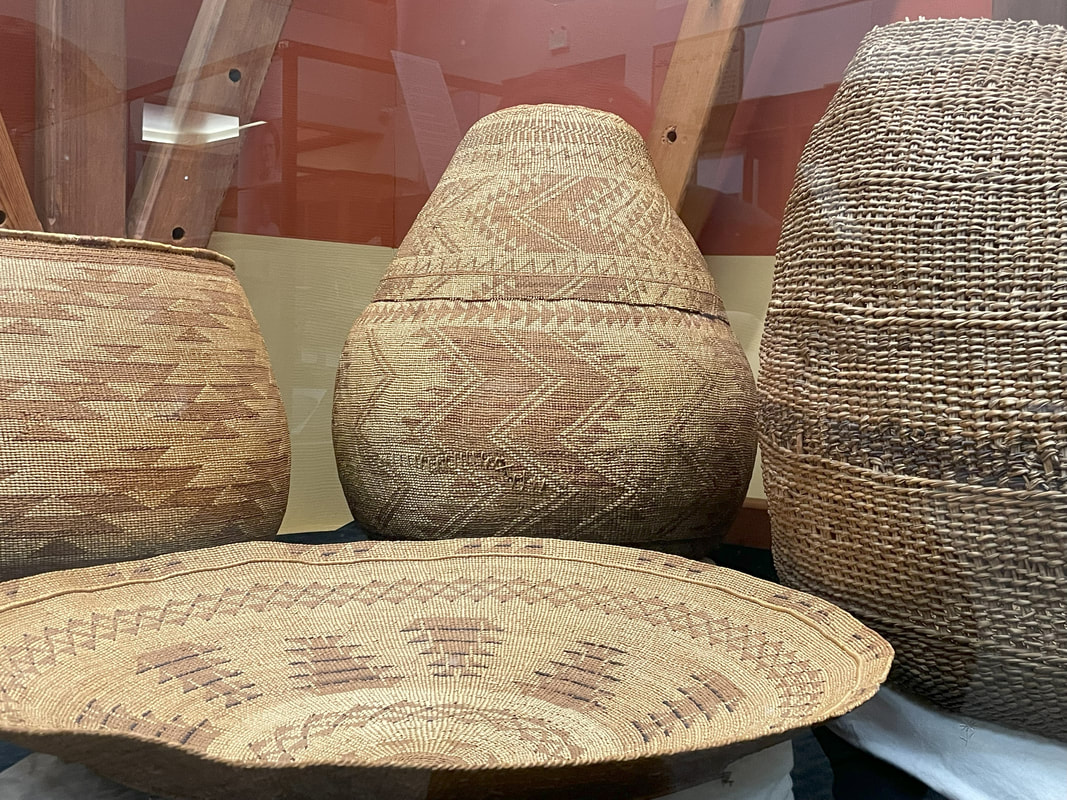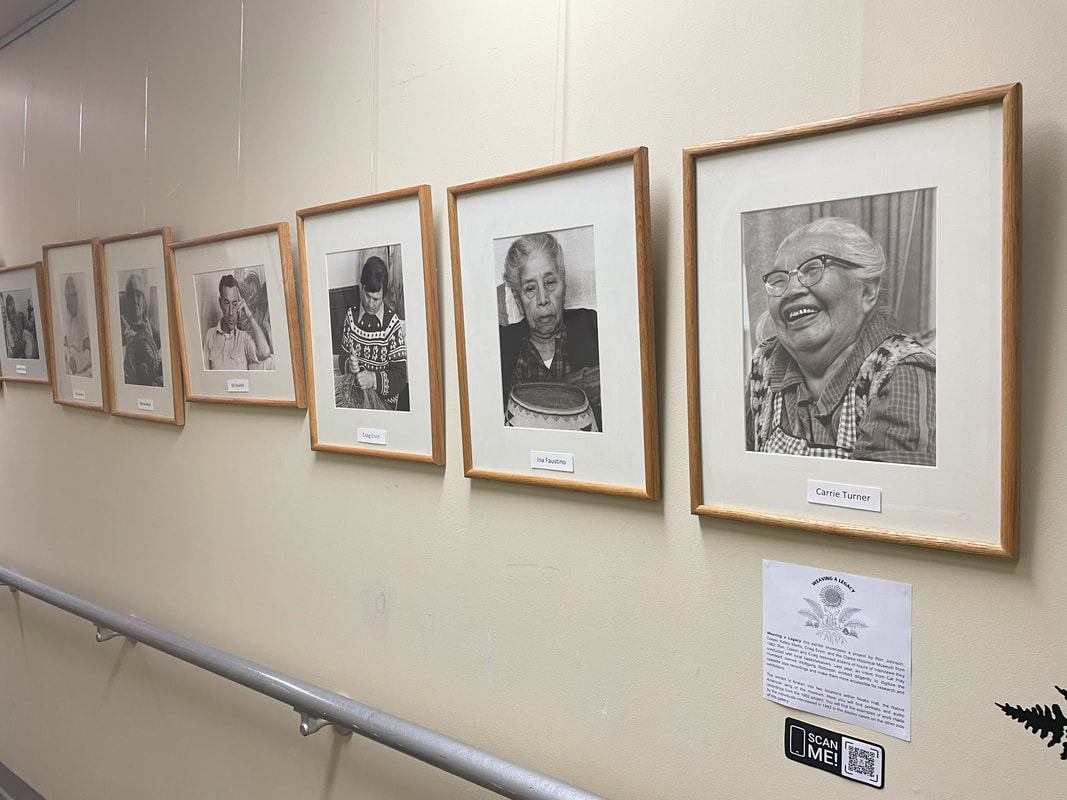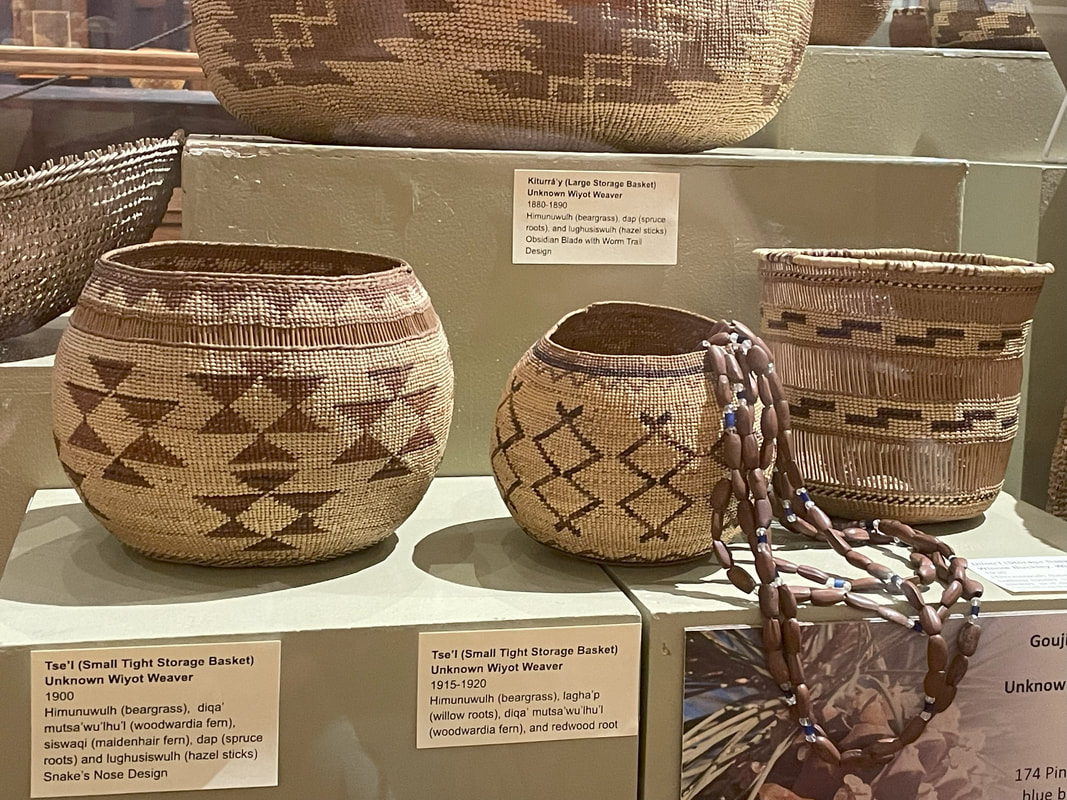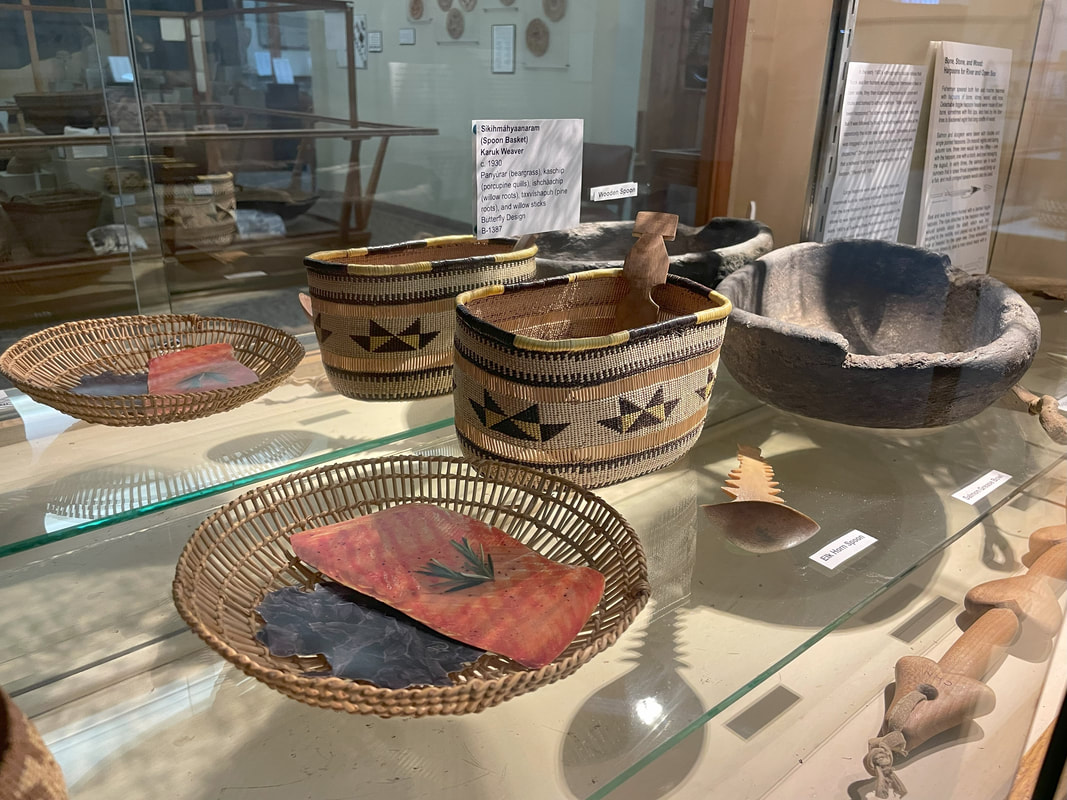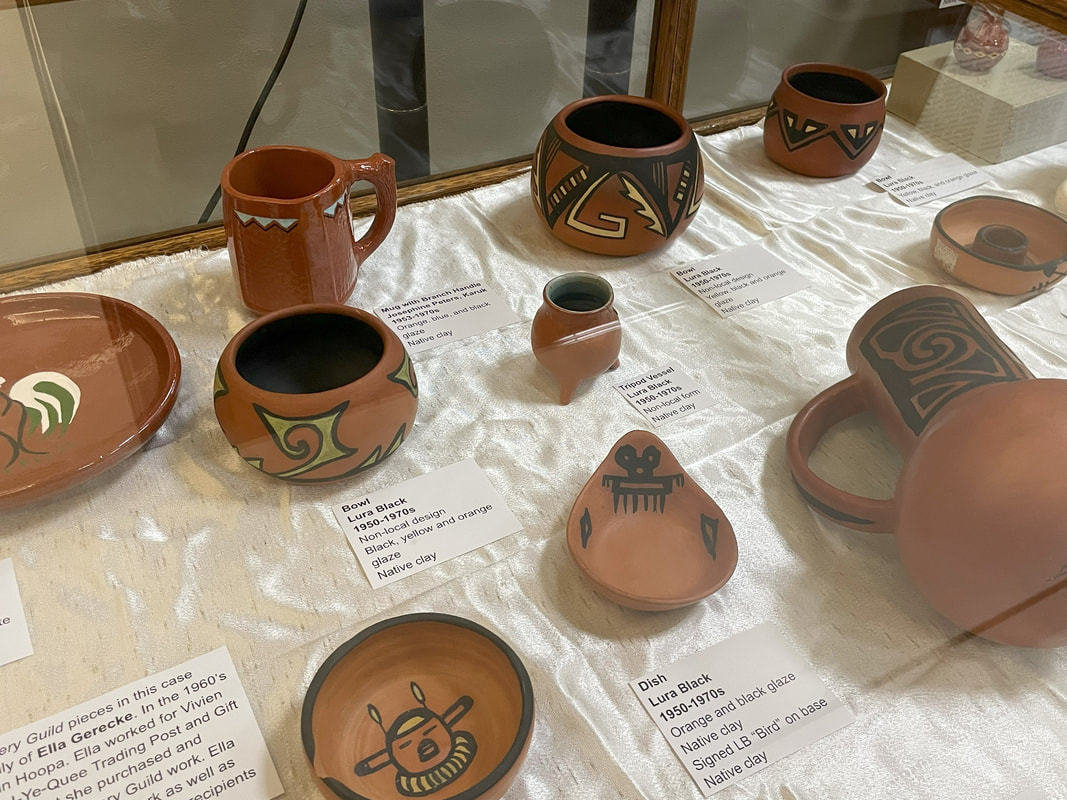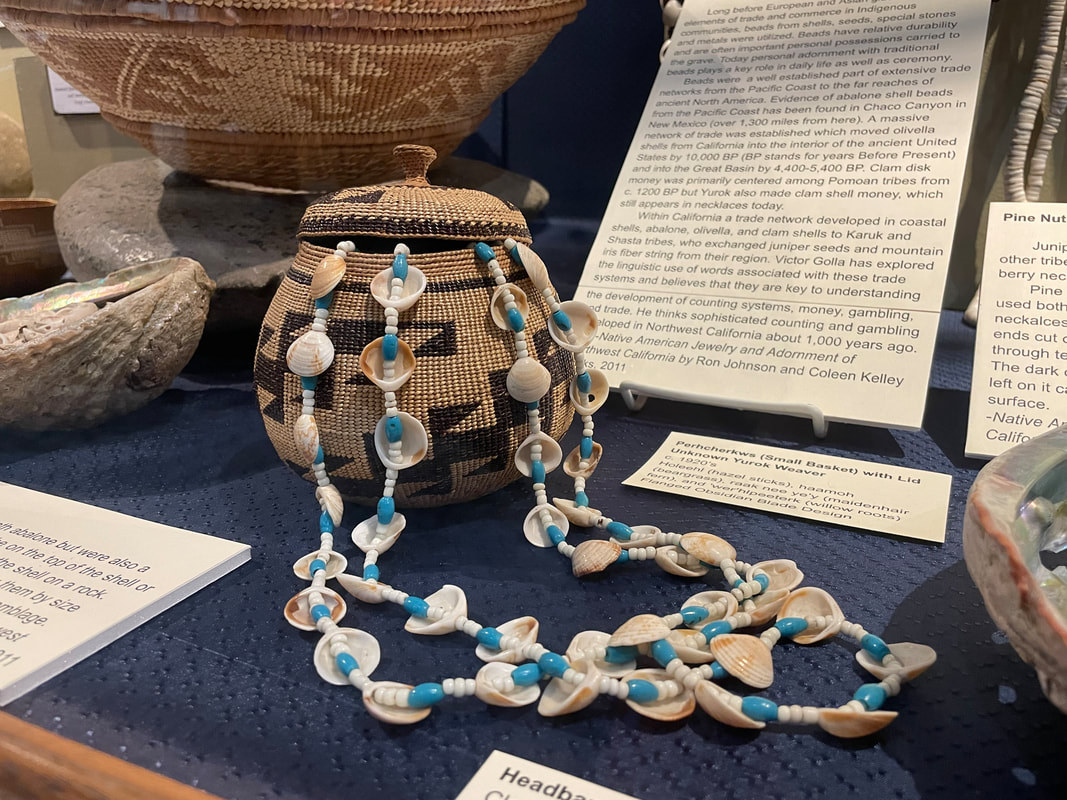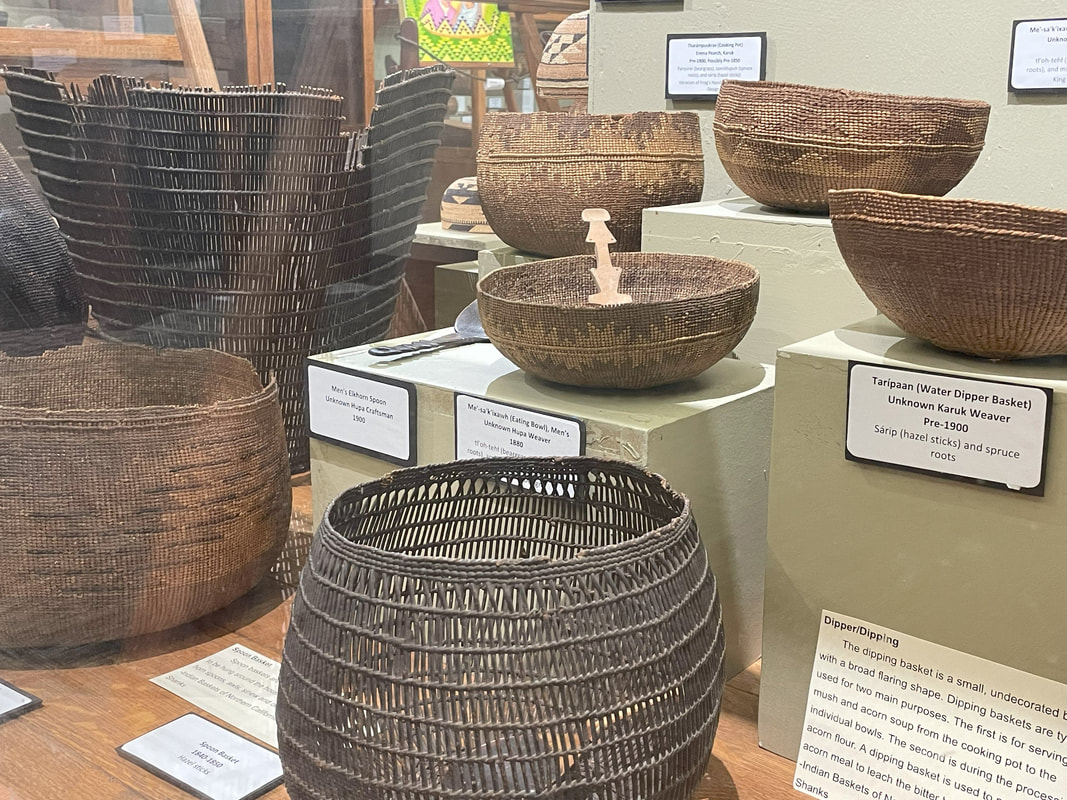Nealis Hall
prepared by Nealis Registrar-Curator Jasmine Brown
The building adjacent to the Bank of Eureka was known as the Liberty Theater. It opened in October 1904 as a vaudeville theater with "moving pictures on the Bioscope", originally known as the E Street Theater. After a few years, it was torn down and replaced by the Theater Margarita, which eventually became the Empire, then the Orpheum, then the Orpheus, and finally the Liberty Theater in 1938. Business began to decline after the opening of the Eureka Theater in 1939, and closed for good by 1958. In 1979, the owner of the defunct Liberty Theater, George Mann, agreed to sell the land to the City of Eureka if they promised to add an additional wing to the Museum. With the help of a federal Economic Development Administration grant awarded to Eureka in 1979, an addition to the museum was built on the old Liberty Theater land, and that additional wing became Nealis Hall, which now houses the Native American collections of the Clarke Museum. Click here for full details about Nealis Hall's collections and its histories.
Now in Nealis Hall...

